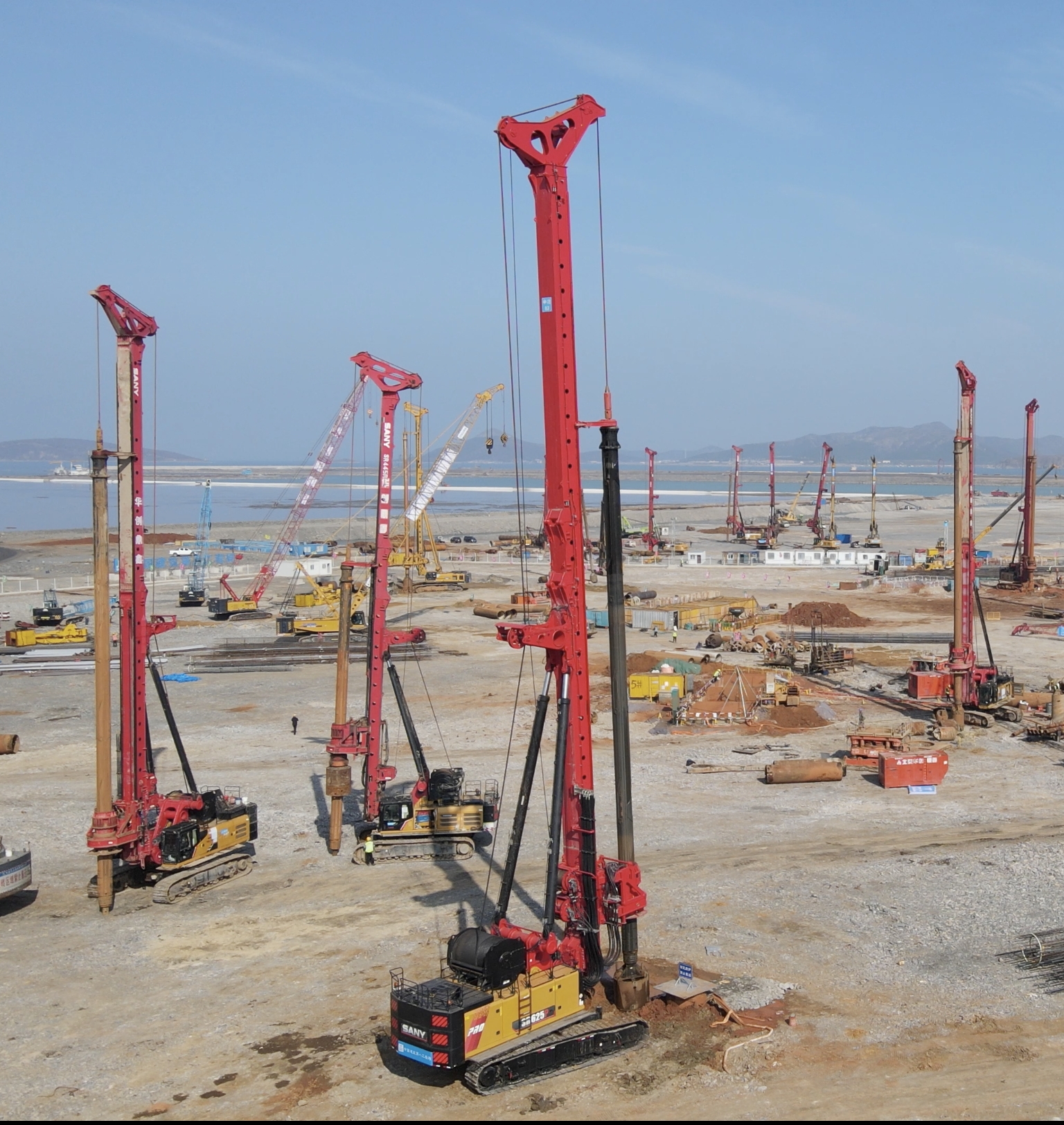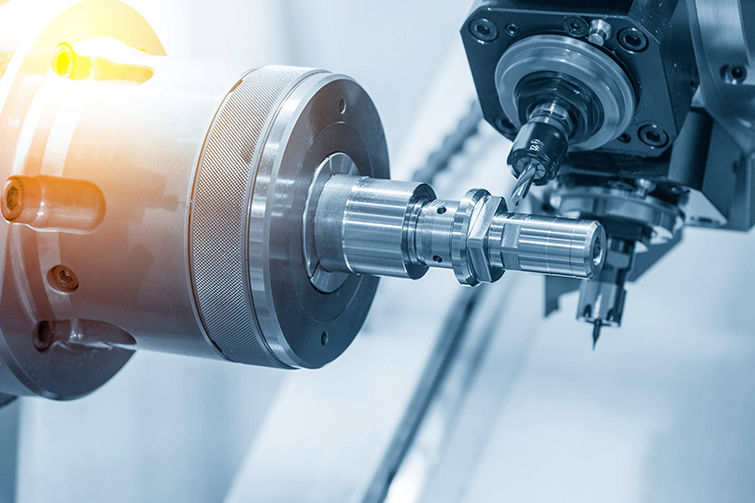

Innovations in Hydraulic Pile Hammer Technology: A Deep Dive into Crawler-Type and Photovoltaic Applications

Introduction to Hydraulic Pile Hammer Technology
Hydraulic pile hammers are pivotal in modern construction, offering unparalleled efficiency and precision in driving piles into the ground. Among these, crawler-type hydraulic pile hammers and photovoltaic pile hammers stand out for their specialized applications and technological advancements.
Technical Specifications of Crawler-Type Hydraulic Pile Hammers
The crawler-type hydraulic pile hammer is designed for mobility and power. It features a hydraulic system that delivers consistent energy output, with impact energies ranging from 30 kJ to over 200 kJ. The crawler undercarriage ensures stability and maneuverability on uneven terrains, making it ideal for large-scale construction projects.
Photovoltaic Pile Hammers: A Green Revolution
Photovoltaic pile hammers are tailored for the renewable energy sector, specifically for installing solar panel foundations. These hammers operate with reduced noise and vibration, minimizing environmental impact. They are equipped with solar-powered components, further enhancing their sustainability profile.
Commercial Value and Market Impact
The adoption of these advanced pile hammers translates into significant cost savings and efficiency improvements. Projects utilizing crawler-type hammers report up to a 30% reduction in completion times, while photovoltaic hammers are becoming indispensable in the rapidly growing solar energy market.
Frequently Asked Questions
What makes crawler-type hydraulic pile hammers superior to traditional models?Crawler-type hammers offer enhanced mobility and stability, allowing for efficient operation in diverse terrains. Their hydraulic systems provide precise control over impact energy, reducing material waste and improving safety.
How do photovoltaic pile hammers contribute to environmental sustainability?By operating with lower noise levels and utilizing solar energy, these hammers significantly reduce the carbon footprint of construction projects, aligning with global sustainability goals.








